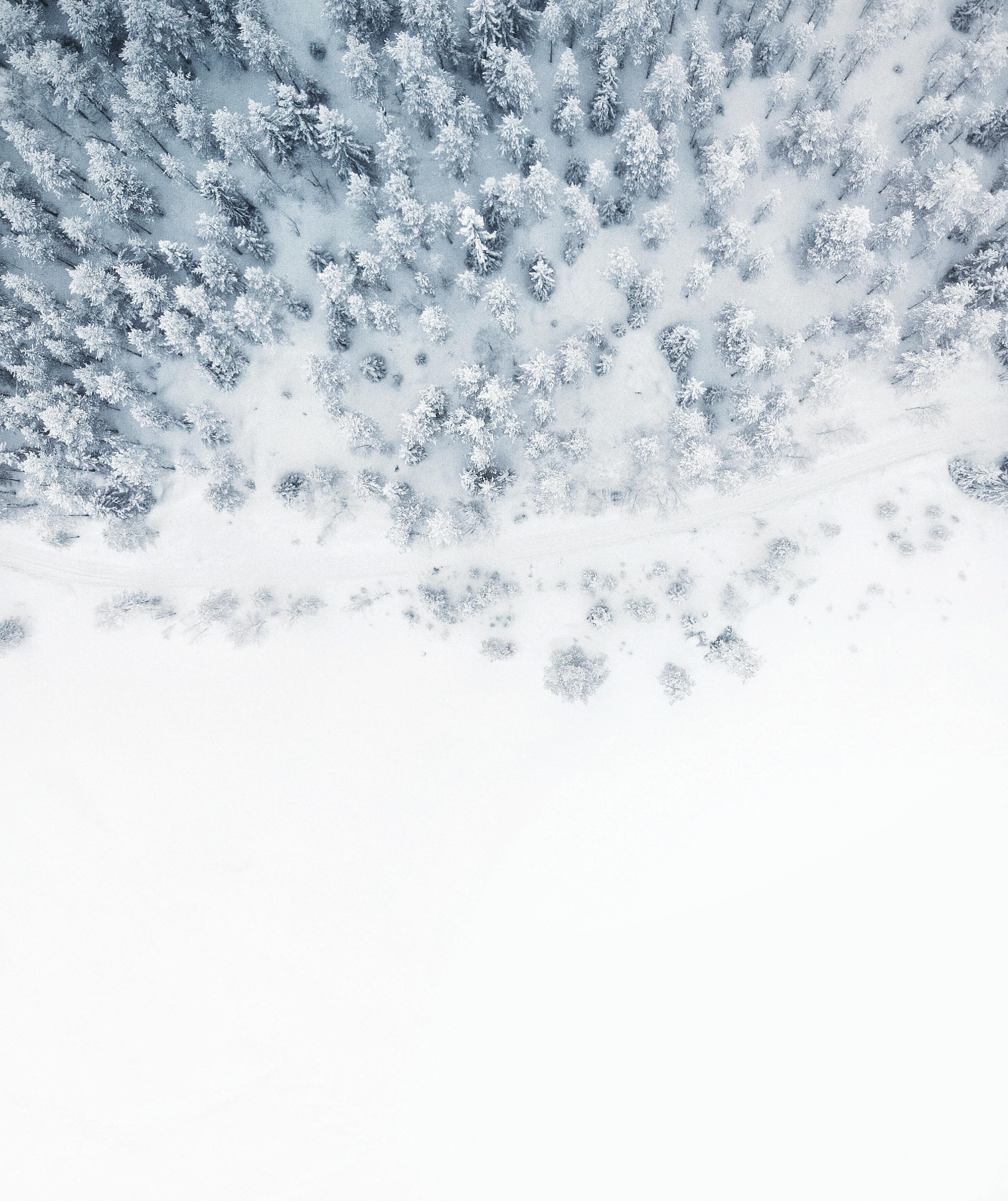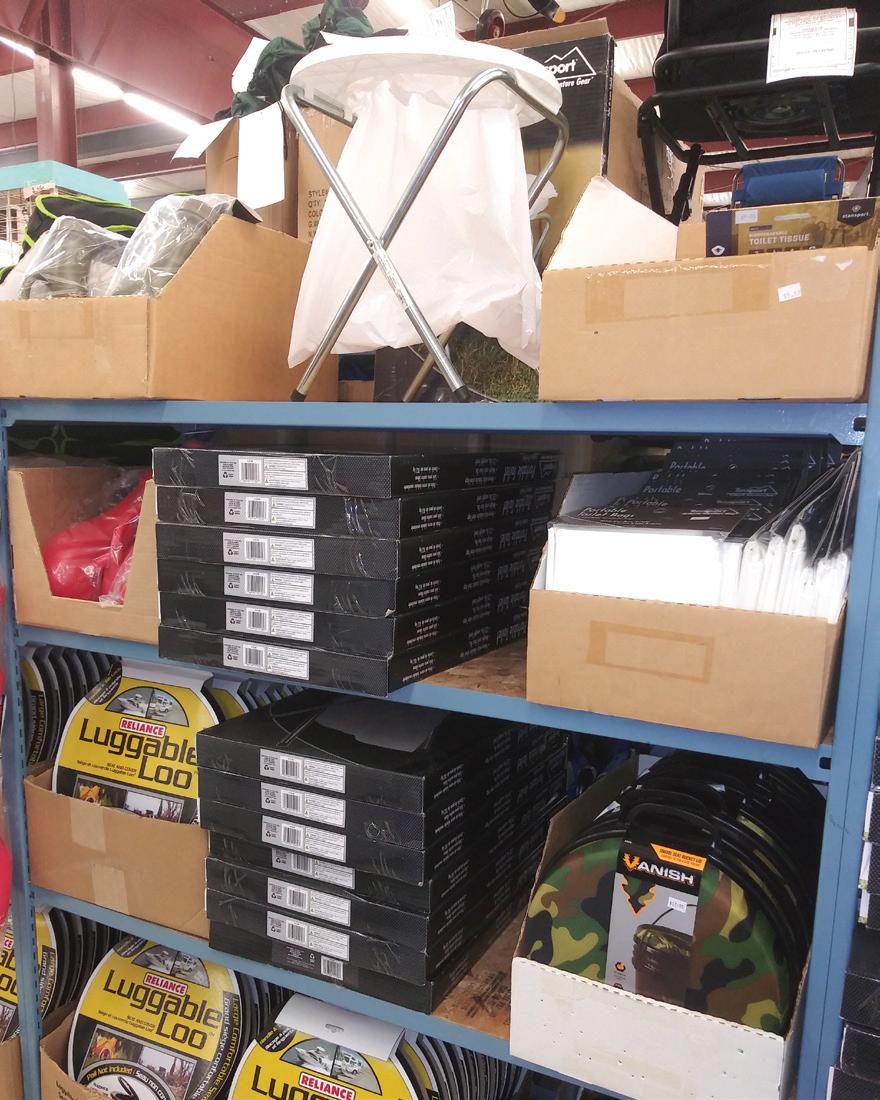
5 minute read
Health
BE A STEWARD OF YOUR POOP HOW TO PROPERLY DISPOSE OF HUMAN WASTE IN THE WINTER
By Rachel Jorgensen
Advertisement
Everyone poops. Even when we’re playing outside. Taking in Mother Nature’s artwork under the open sky while your pants are down is arguably one of the most liberating and fulfilling experiences you can have in the outdoors. However, human waste that has been improperly disposed of in the places we recreate is becoming a huge issue. As more and more people adventure in delicate places, this issue is exacerbated.
Before exploring how to properly dispose of your waste, it’s important to understand why you need to properly dispose of your waste. The four objectives of proper human waste disposal as laid out by the lovely folks at Leave No Trace include:
1. Minimize the chances of polluting any water source. 2. Minimize the potential spread of disease. 3. Minimize aesthetic and social impacts of human waste. 4. Maximize decomposition of waste.
In areas with snow, this improper waste disposal is creating visible, smelly problems. Plenty of articles can be found detailing how Mount Everest is becoming a human latrine and how as glaciers recede across the globe they’re exposing septic wastelands filled with human poop and toilet paper. Not only is this disgusting, but it’s actually a health issue. Human waste can carry disease and contaminate water sources—all while negatively impacting fragile ecosystems.
Even though squatting in the woods might seem like the most natural thing in the world, human waste takes around a year to decompose. In the winter, the decomposition process of waste can be even longer, potentially increasing the chances of water contamination and the spread of disease. Plus, it’s just gross. No one wants to see pristine snowy landscapes dotted with browns and yellows. Properly disposing of poop during the winter should absolutely be an integral aspect of your backcountry routine. And it’s simple. There are plenty of ways you can properly take care of, pack out, and dispose of your waste.
Leave No Trace Center for Outdoor Ethics (lnt.org) provide us with seven general steps for being decent humans in the outdoors. Anyone and everyone who steps out of the door should be familiar with these principals. You can find all seven principles here: lnt.org/ why/7-principles. Regarding properly disposing of human waste, we’re going to focus on 1: Plan Ahead and Prepare and 3: Dispose of Waste Properly. By applying these Leave No Trace Principles, you can join your fellow recreationists in being stewards of your poop and the backcountry. These objectives are straightforward enough. However, in the snow, they can be a little more challenging to implement than you might expect. This is why it is important to Plan Ahead and Prepare. Create a poo plan for yourself before you even begin your trip. Decide how you’re going to go, where you’re going to go, and what you’re going to do with it. When you need to go, like really need to go, the last thing you’re probably thinking about is how to do it in the least impactful way possible. But, if you’ve planned ahead and have methods already in place to take care of business, you can get it out while minimizing negative impacts. This leads us to Principle 3: Dispose of Waste Properly.
ESTABLISHED TOILETS A lot of the time, the places where we recreate have established porta-potties at the trailheads. These are a great option if you crave privacy, prefer civilized comforts, and are really good at holding your breath. However, in the winter these convenient toilets are often closed. Be sure to research the area where you will be recreating to make sure you can use the established toilets if need be.
CATHOLES When you are in the backcountry or away from the trailhead, catholes are a great, year-round option for taking care of your waste. However, and this is important, winter catholes are no different from summer catholes. You must dig a hole in an area that is at least 200 feet from a water source to avoid contamination. This area also needs to receive plenty of sun for quicker decomposition. The hole you dig must be six to eight inches deep and three to four inches wide in the soil. This means digging through the snow until you see the ground,
then digging an additional six to eight inches in the soil. If you do not do this, at the very least you’re planting an unpleasant surprise for someone to step in when the snow melts. Unless you’ve got your diet dialed and know you'll have enough time to dig a proper hole through frozen ground, maybe a cathole isn’t for you. GO ANYWHERE TOILET KITS Go Anywhere Toilet Kits, also known as Wag Bags, are becoming more and more popular—and for good reason. They’re lightweight, easy to throw into your pack, and are great in an emergency (like when you can’t dig a proper cathole). As the name implies, you can use them to go pretty much anywhere. They’re especially great for areas with delicate ecosystems such as high-alpine environments or in the desert where catholes aren’t a good option. Each bag is puncture-resistant and is filled with a NASA-developed “poo powder” that gels your waste and neutralizes odors for a safe and stink-free carry-out. Each kit also contains a hand wipe and a small portion of toilet paper to help you have a more comfortable experience. Once you’ve equipped yourself with your poo plan, be sure to execute it properly. If you are unable to find an established toilet, find a location 200 feet away, or about 70 adult steps, from the closest water source and dig a cathole. Fill the cathole when you are done and pack out the toilet paper. If you can’t dig a cathole, grab a Wag Bag. After you’ve finished, zip it up and pack it out. While it may be tempting to just step off into the trees, do your thing, and cover it with snow, remember that the snow won’t last forever. Your waste will be around long after it has melted. Not only is exposed poop unsightly and causes negative social impacts, but human waste can be detrimental to the environment. Do your part as a decent outdoor recreationalist and properly dispose of your waste no matter the season. Future hikers, skiers, mountaineers, and all citizens downstream will thank you.
Rachel is a writer living in Salt Lake City who loves wearing sweatpants and would rather be outside. She’s often climbing or skiing, but more often than not is simply trying to tire out her wild rescue pup, Scuba. Photo: Image licensed by Ingram Image



We are in the know, for when you need to go
ARMY NAVY OUTDOOR GENERAL “Get into The Outdoors For Less!” ««« «««










